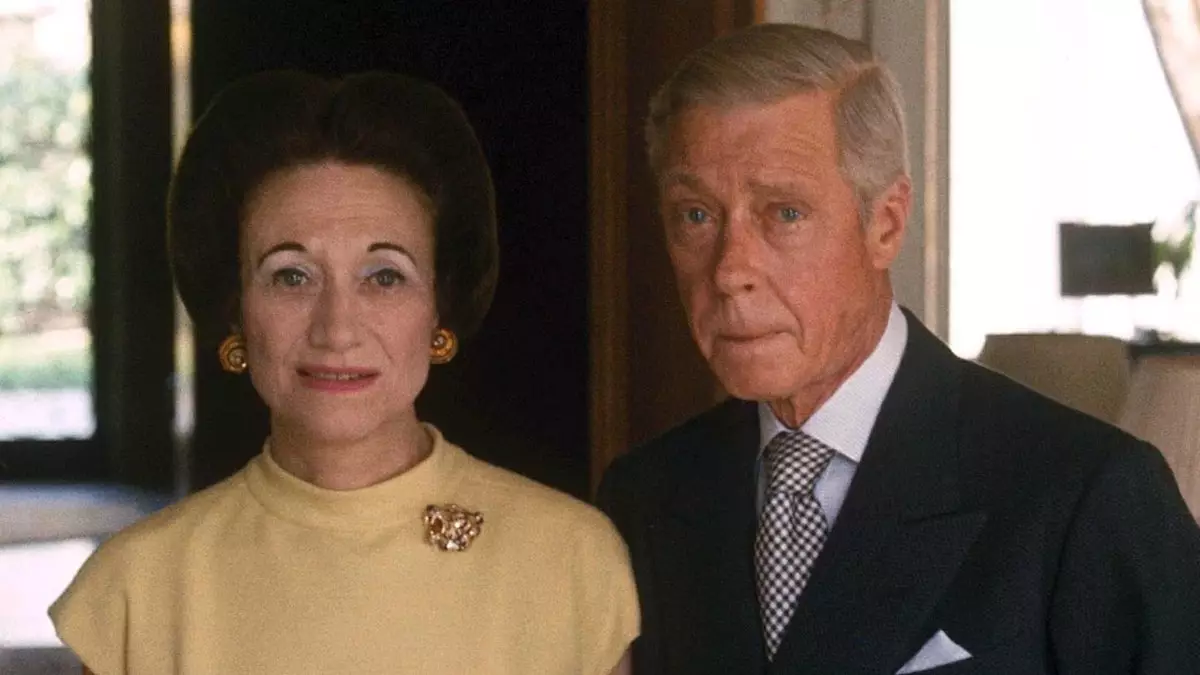The Met Gala has transformed over the years from a clandestine gathering of the elite into a veritable showcase of contemporary fashion that often leans heavily into spectacle. Yet, in examining its rich history, one cannot overlook the significance of the event in the 1970s, particularly the captivating appearance of Wallis Simpson, the Duchess of Windsor, in 1974. What this moment highlights is not just the glitz of the event but a profound intersection of fashion, society, and personal history.
On April 23, 1974, the Metropolitan Museum of Art opened its doors to an exclusive crowd, catering to the crème de la crème of society. The theme for that year, “Romantic and Glamorous Hollywood Design,” was curated by none other than Diana Vreeland, a name synonymous with fashion innovation. Vreeland’s influence was omnipresent. She was not only a curator but a visionary who understood that this gala could meld high society with high fashion in a manner that captivated the world’s media and fashion enthusiasts alike.
Wallis Simpson: An Icon Reimagined
Entering the gala as an emblem of old-world charm and scandal, Wallis Simpson did not simply attend; she commanded attention. At first glance, one could perceive her as merely a relic of a bygone era, but looking deeper, it becomes clear that she represented permanence in a world that was constantly changing. Wallis’s choice of attire—a striking electric blue satin gown—was anything but ordinary for a woman of her advanced years. At 78, she exemplified the elegance of restraint, presenting herself not as a caricature of glamour but as an individual who understood the subtleties of sophistication.
The gown, which fit the aesthetic sensibilities of Hubert de Givenchy, her long-time designer and confidant, became an extension of her persona. With its delicate necktie bow and meticulously placed buttons, it captured the essence of her polished, aristocratic vibe. Paired with white opera gloves and an array of sparkling jewelry—each piece carefully chosen to enhance rather than overwhelm—she achieved a look that was both coherent and sublime.
New Standards of Glamour
In contrast to today’s raucous fashion displays, where attendees prioritize shock over subtlety, Wallis emanated a rare kind of poise. Her meticulous hairstyle, styled into a controlled chignon, and her understated makeup further spoke to a time when glamour was synonymous with sophistication. In her presence, the need for loud declarations faded into insignificance; she was a woman who had already navigated the realms of scandal and exile.
Photography documented her visit not just as an attendance but as a moment in history. Alongside her was Mildred Hilson, whose pastel ensemble added vibrancy to the evening’s decorum. Together, they painted a portrait of gentility that feels nearly foreign today. Unlike modern-day gala goers who often use social media to broadcast their appearances, Wallis possessed an innate ability to transcend the camera’s lens; her mere existence was an image to be revered.
The Uncompromising Spirit
The 1974 Met Gala was more than a glamorous dinner; it was a curated experience that exemplified the delicate dance between high fashion and high society. Wallis Simpson’s appearance offered a unique perspective, showing that the event was not just about spectacle but also about the narratives woven between individuals and their choices. It served as a microcosm of the historical evolution of fashion, illustrating how past icons can resonate in today’s culture.
In a gathering that featured notable personalities such as Elizabeth Taylor and Diana Ross, Wallis was not simply another guest; she was an enduring testament to a narrative that has shaped both the monarchy and the fashion world. Her elegance didn’t seek validation through flashiness or fleeting trends. Instead, she reinvented the idea of glamour through authenticity, offering a compelling reminder that true style transcends aesthetics.
Emphasizing the uniqueness of that evening in 1974 tells us much about the duality of fashion and social dynamics. In many ways, Wallis Simpson’s legacy lingers, reminding us that elegance is a timeless attribute—one that continues to influence modern interpretations of style, even amidst the chaos of contemporary glamour.

